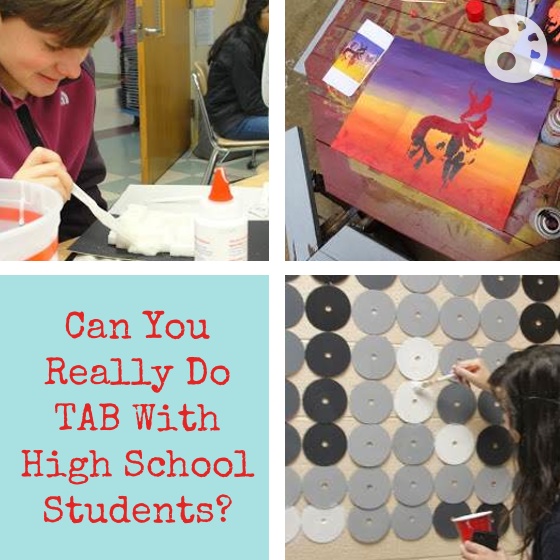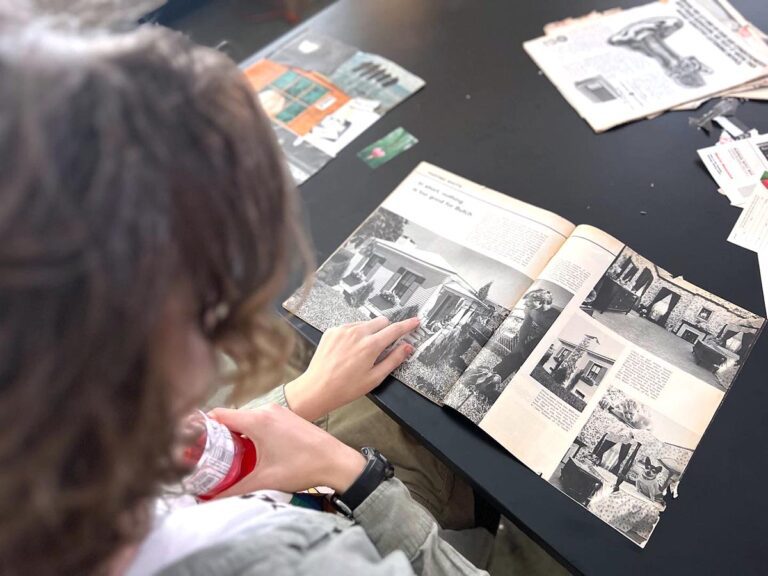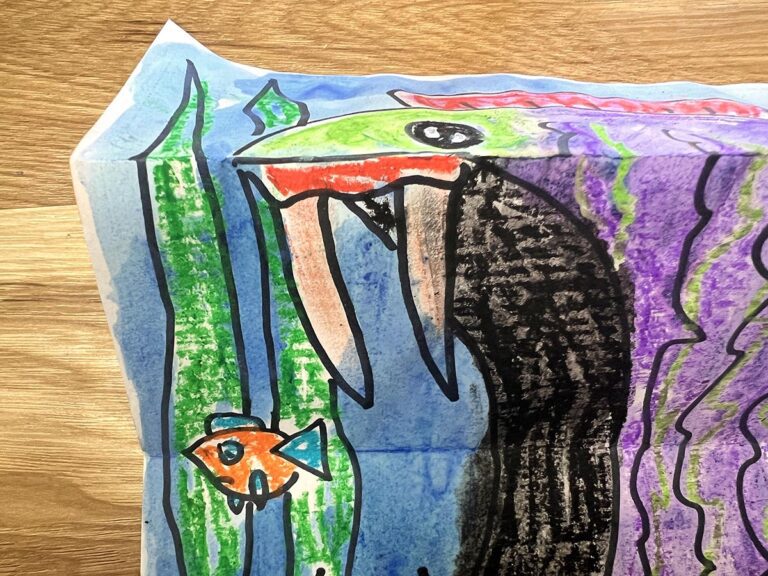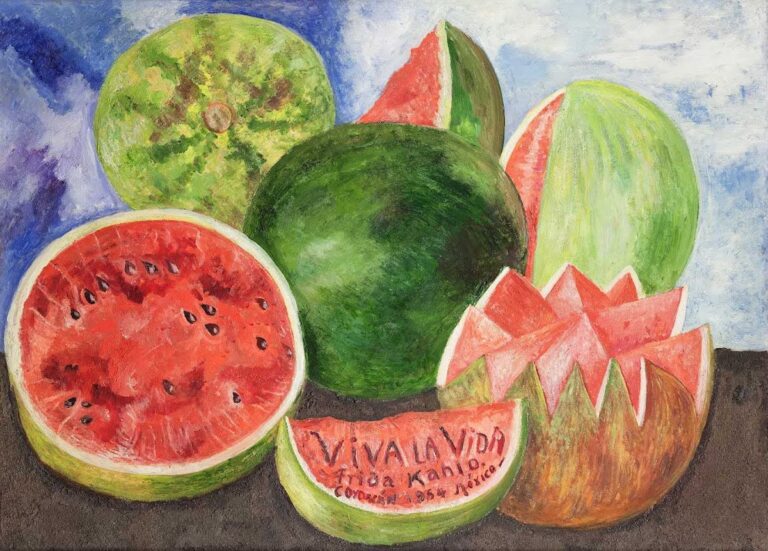At the NAEA Conference this year, there were a fair amount of sessions on Teaching for Artistic Behavior (TAB) and student choice. TAB has been around for many years and there are a number of teachers practicing it, especially at the elementary level.
If you’re not familiar with TAB, the set up at the elementary level works as such. The art room is designed to offer the students different centers (painting, collage, printing, etc.) at which the students can choose to work. Each center contains menus, instructions and examples the students can utilize to create their projects. The teacher begins class with a five minute demo, introducing a new technique or concept. The students then have the choice to either work with this new technique or select another center.
Many high school art teachers relish the thought of student directed projects and have considered moving towards a choice-based class. The question arises, how to translate the elementary model to work at the high school level. Here are three steps you can use to move your high school class towards choice and student-directed learning.

Step 1: Allow Modified Material Choice
A great first step to offering students choice is through use of medium. As art teachers, it is common for us to present only one medium at a time per project. However, this is only necessary if the objective is to teach a particular technique using that material. If the objective is broader in scope, like color theory as an example, then several different media could be offered to cover the objective. For example, if the objective was to create a color wheel, the art teacher could offer the student the choice of three different materials: color pencil, chalk pastel or water color.
Step 2: Assign Theme-Based Projects
When considering project ideas, art teachers often lean towards nouns. Animals, portraits and castles are often promoted as inspiration for student projects. Theme-based projects stay clear of the nouns and instead focus on big ideas and concepts. The world of contemporary art is a great place to start when looking for theme-based assignments. Consider presenting students with questions such as: How can identity be worked into your art? How can you make art that is active instead of passive? What is empathy and how can it be portrayed at the global, local or even personal level? In this way, instead of replicating an animal or object, the work becomes both student directed and personal.
Step 3: Combine Theme-Based Projects and Media Choice
A class model that incorporates big picture, theme-based projects and then allows the student to repond by creating works of art using their choice of media is well on its way to being the model for the choice-based high school art room.
Some of the questions and concerns that art teachers have may include teaching techniques, due dates and grading. These are good questions that would make excellent topics for upcoming articles. If you have similar or other concerns, please post your questions in the comments and we can chat more about it.
Do you have a choice-based high school art room?
How do you keep students self-directed and motivated? Do you allow for choice in media, subject or both?
Magazine articles and podcasts are opinions of professional education contributors and do not necessarily represent the position of the Art of Education University (AOEU) or its academic offerings. Contributors use terms in the way they are most often talked about in the scope of their educational experiences.




